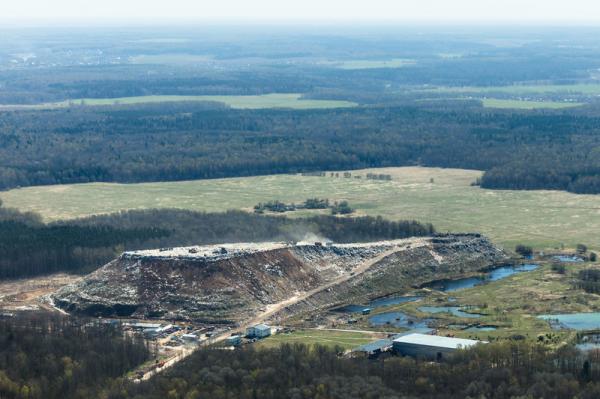EPA Reports Waste Volume Up, Recycling is Flat
The U.S. Environmental Protection Agency (EPA) just released its latest data on how much stuff Americans threw away in 2013 and how much was reused or recycled. Planet Aid is deeply interested in making progress toward 100% reuse and recycling for textiles as well as other materials, and every year we anticipate the release of this EPA compendium like a parent awaiting a report card.
Unfortunately, the nation did not get an A plus in recycling... more like a D minus. But before we get into the numbers, it is worth noting that for the first time in its more than 30 year history of producing this report, the EPA decided to change the name. Formerly called Municipal Solid Waste in the United States, the report is now Advancing Sustainable Materials Management. Why? In the introduction, the agency explains that the new name signifies that "the EPA is thinking beyond waste." OK. It's about time.
Now for the numbers…
Americans generated 254 million tons of trash (called "municipal solid waste" as municipalities are the ones who haul and dump the stuff) in 2013. This is 3 million tons more than what we threw away in 2012. That means we now generate 4.40 pounds of trash per person per day. To add some perspective, in 1960 Americans generated only 2.68 pounds per person per day, so our consumption habits today are about 80% more wasteful than they were then.
Even worse, the percentage of materials being recycled basically stayed flat (in 2012 it was 34.5% and in 2013 it went down to 34.3%).

Consistent with the overall trend, textile waste increased from 14.33 million tons in 2012 to 15.13 million tons in 2013. In other words, Americans had 800,000 additional tons of unwanted textiles that they wanted to throw away in 2013. Unfortunately, the percentage being recovered and recycled dropped from 15.7% to 15.2%. This means that nearly 12.83 million tons of textiles (that's 12,830,000 tons!) were needlessly discarded in 2013. That is an immense quantity that could completely bury a small town.
That said, the 2.3 million tons of textiles that were saved from disposal by being placed in a recycling bin led to considerable savings in greenhouse gas emissions. The EPA estimates that recycling that many tons was the equivalent of taking 1.2 million cars off the road! That is great news, but just imagine how much more we could do, and must do. We are still a far cry from a closed-loop society.
Consistent with the overall trend, textile waste increased from 14.33 million tons in 2012 to 15.13 million tons in 2013—an increase of 800,000 tons. Unfortunately, the percentage being recovered and recycled dropped from 15.7% to 15.2%.
Planet Aid is working diligently to make our recycling bins more convenient for consumers to use, but our efforts are being outstripped by the burgeoning waste stream (due to fast fashion and other trends). We look forward to partnering with municipalities to help them reduce their landfill burdens, raise recycling rates, and save taxpayer dollars.
See our Government Resources page for more information or contact us directly to find out how to get a recycling bin in your area.
